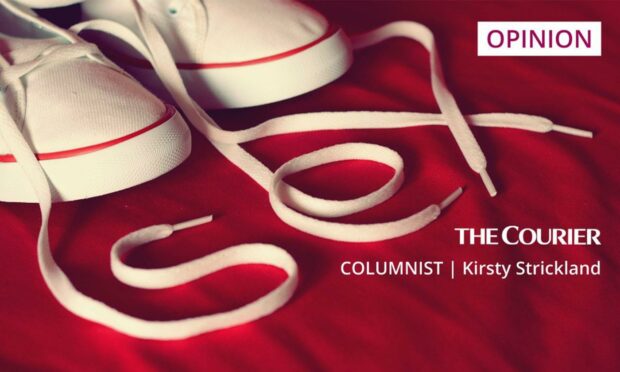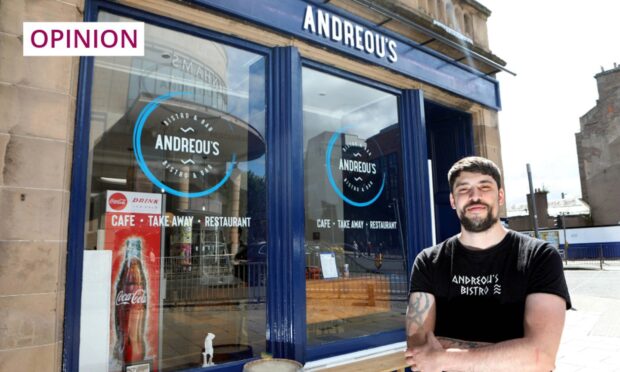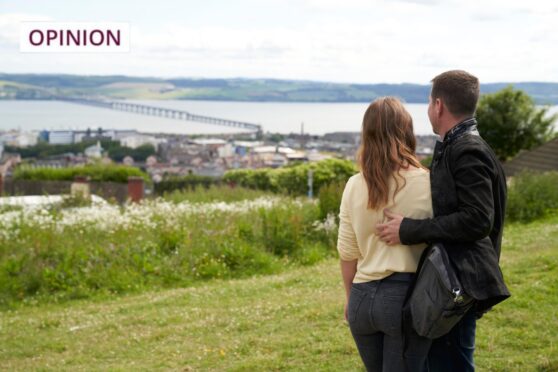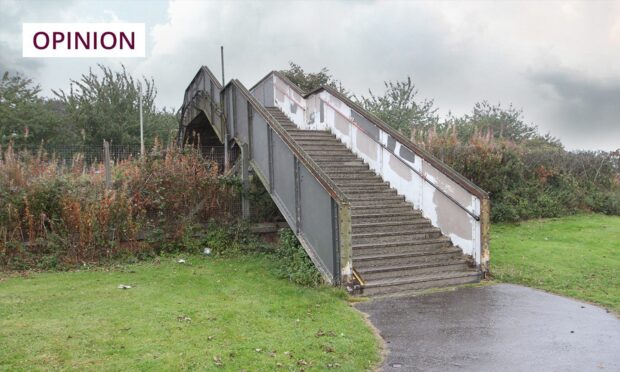A Scottish government health and wellbeing census for schools has been criticised after it emerged pupils in S4 to S6 will be asked about sex.
The survey is wide-ranging and as well as sex, it features questions about pupils’ experiences of the pressures of school work, bullying and mental health.
Parents can choose for their child not to take part in the survey and pupils can also decide to opt-out themselves.
It includes questions about whether the young person is sexually active, their contraception use and how many (if any) sexual partners they have had.
This has led to some concerns about the age-appropriateness of the survey.
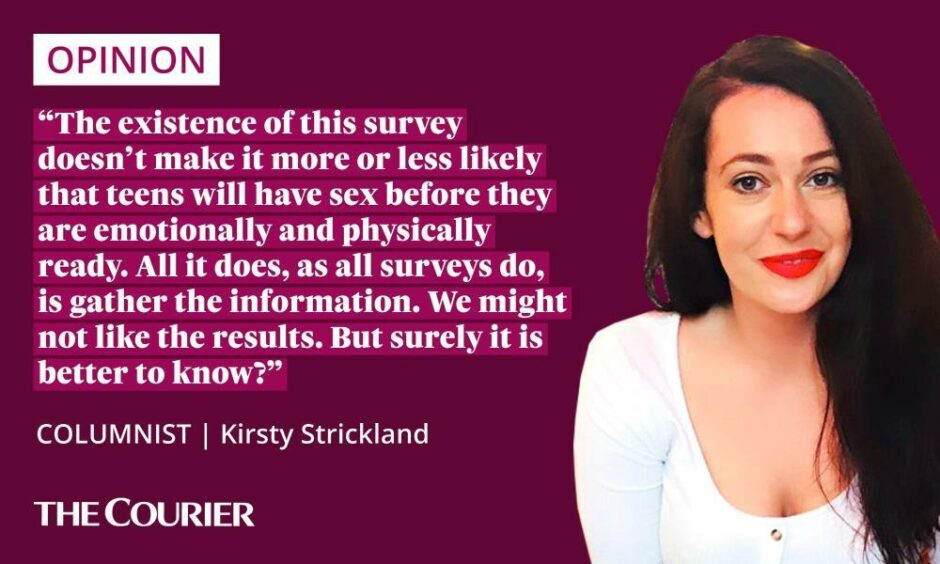
Before I set out why I think this census isn’t as grotesque and corrupting an initiative as recent headlines suggest, I should make it clear that I totally understand the squeamishness.
No parent wants to consider that their teenager might be engaging in sexual activity before the age of consent.
But this census – taken, as it should be, in the round – isn’t about what we want: it’s about what is happening.
The existence of this school survey doesn’t make it more or less likely that teens will have sex before they are emotionally and physically ready. All it does, as all surveys do, is gather the information.
We might not like the results. But surely it is better to know?
Other sex surveys show troubling trends
If the prospect of teenagers being asked questions about sex disgusts you, you may want to stop reading now. Because what I’m about to share with you is arguably far worse.
Disappointed that my supplementary question was not selected today during FMQs, given it’s importance to parents and young people who have contacted my office. pic.twitter.com/MyT9Qo01gV
— Meghan Gallacher MSP (@MGallacherMSP) December 2, 2021
The Scottish Government census is due to be completed in the 2021/22 academic year, so we don’t have any findings from it yet.
But here is a snippet of what we have learned from some other information-gathering reports this year.
Ofsted England inspected 32 schools. In those schools, nine out of ten girls said being sent explicit, unwanted photos or videos happened ‘”a lot’’ or ‘”sometimes’’.
The Ofsted education inspectorate said sexual harassment has become ‘’normalised’’ among school-age children.
A BBC investigation found at least 13,000 sexual offences involving under 18s have been reported to police in England and Wales every year since 2018.
A Girlguiding study found 67% of girls and young women had experienced sexual harassment from other students at school.
Our research found that 80% of all girls & young women feel unsafe when they’re out on their own, increasing to nearly all young women aged 17 & 18 (96%). That’s why we’re supporting the call from @PlanUK & @OurStreetsNow for public sexual harassment to be a #CrimeNotCompliment https://t.co/Dr4kT4UT8v
— Girlguiding (@Girlguiding) December 2, 2021
Older pupils were more likely to experience harassment.
But 59% of 13 to 16 year olds – the age range covered by the controversial Scottish government census – had experienced sexual harassment too.
The answers horrify me, the questions don’t
I have a daughter and those statistics horrify me.
The questions – personal, uncomfortable as they would have been – that led to us finding out this information, do not.
Asking a 14 year old about their sexual history shouldn’t be age-appropriate. Fourteen-year-olds shouldn’t be having sex.
Fourteen-year-olds also shouldn’t be viewing violent, brain-altering hardcore pornography. They shouldn’t be sexually assaulting other pupils and they shouldn’t be the victims of sexual assault.
I remember the girls who were called sluts and the boys who were patted on the back. And I remember the pregnancy scares and discussions about the logistics of sex
But it is happening.
As adults and parents, we can either try to learn as much as possible about the experiences of young people – to support them as best we can – or we can waste time and energy on misplaced outrage that stems from a belief that the questions are more problematic than the answers.
Maybe the Roman Catholic high school I attended in the early noughties was an outlier. But I remember completing a similar health and wellbeing survey.
I don’t know if the questions were worded in exactly the same way. But I do recall a lot of nervous giggling and jokes about it afterwards.
Similar questions, different times
We laughed in the same way we did when we had our one-off assembly about periods. And our one-off lesson about sex which taught us that it was dangerous for teenage girls to act on their sexual impulses, but that teenage boys simply couldn’t help theirs.
I also remember my classmates who fell pregnant that year.
Them and the pupils who were in what we wrongly described at the time as ‘”relationships’’ with teachers.
I remember the girls who were called sluts and the boys who were patted on the back.
And I remember the pregnancy scares and discussions about the logistics of sex that were based wholly on what somebody’s older cousin had told your best friend’s sister.
Being a teenager back then was hard enough. This was pre-social media.
This was before a time when the boy you liked got his sex education from watching pornography. A time when on-screen consent, female pleasure and contraception were, more often than not, notable for their absence.
So by all means, let’s talk about the increasingly hellish world that our young people – particularly girls – are growing up in.
Let’s talk about sexual harassment in schools and why consent needs to be on the curriculum.
Let’s explore the mental health impact of all this misery and challenge political leaders to do better by our teens.
But don’t shoot the messenger.
It’s the results of these surveys that should fill us with sadness and rage for our kids, not the questions.
These are the sex questions authorities want to ask your children in school
